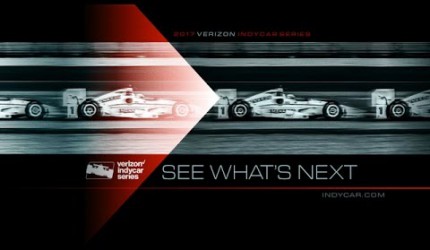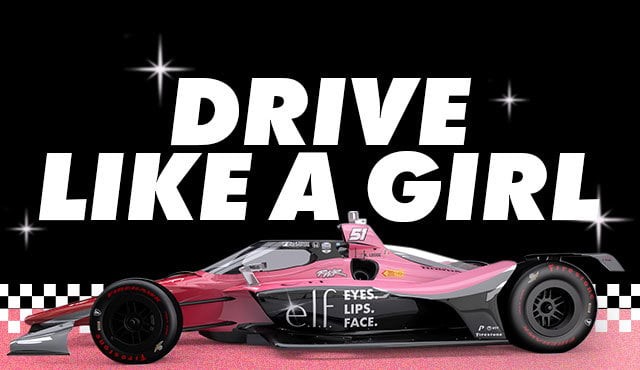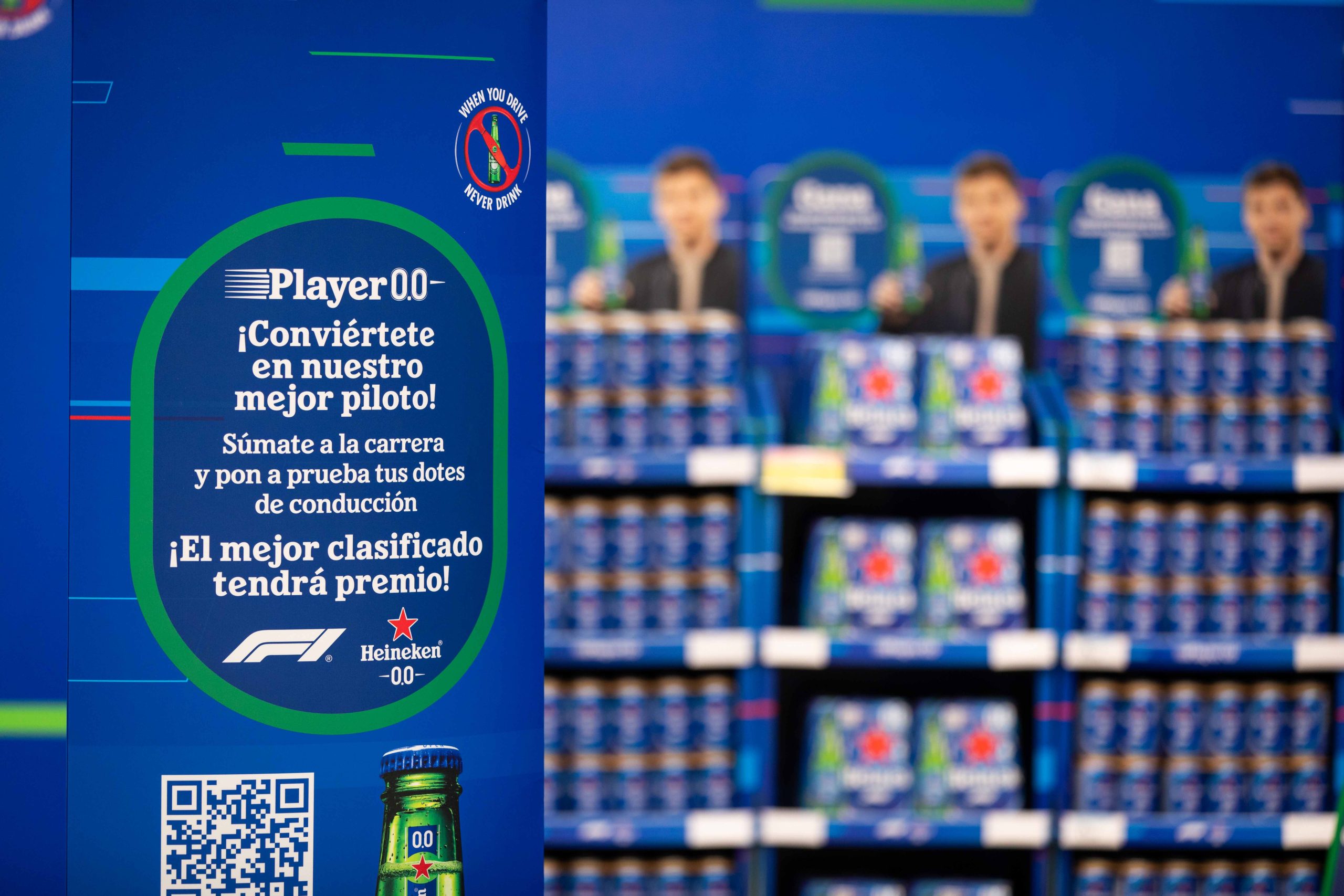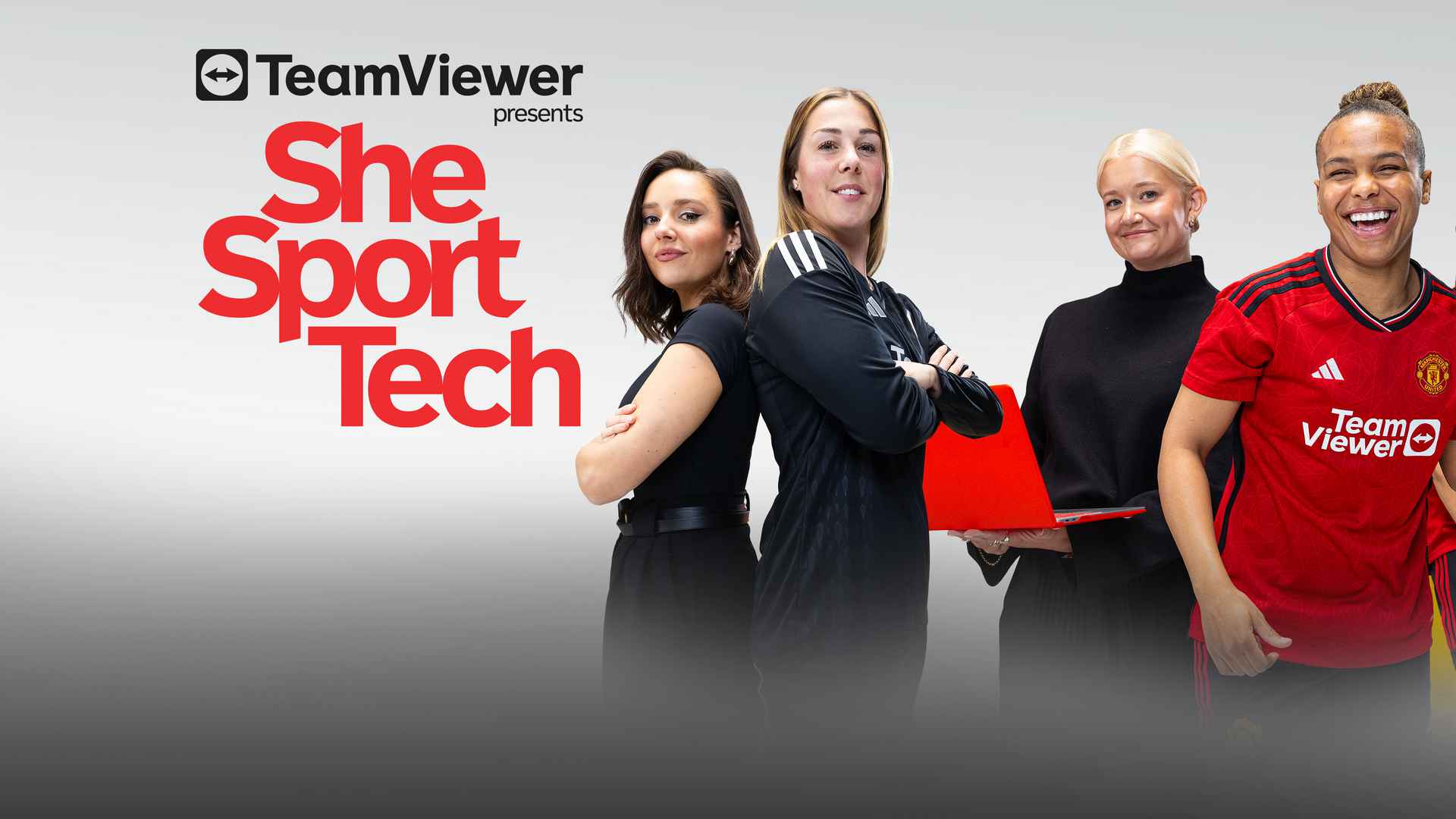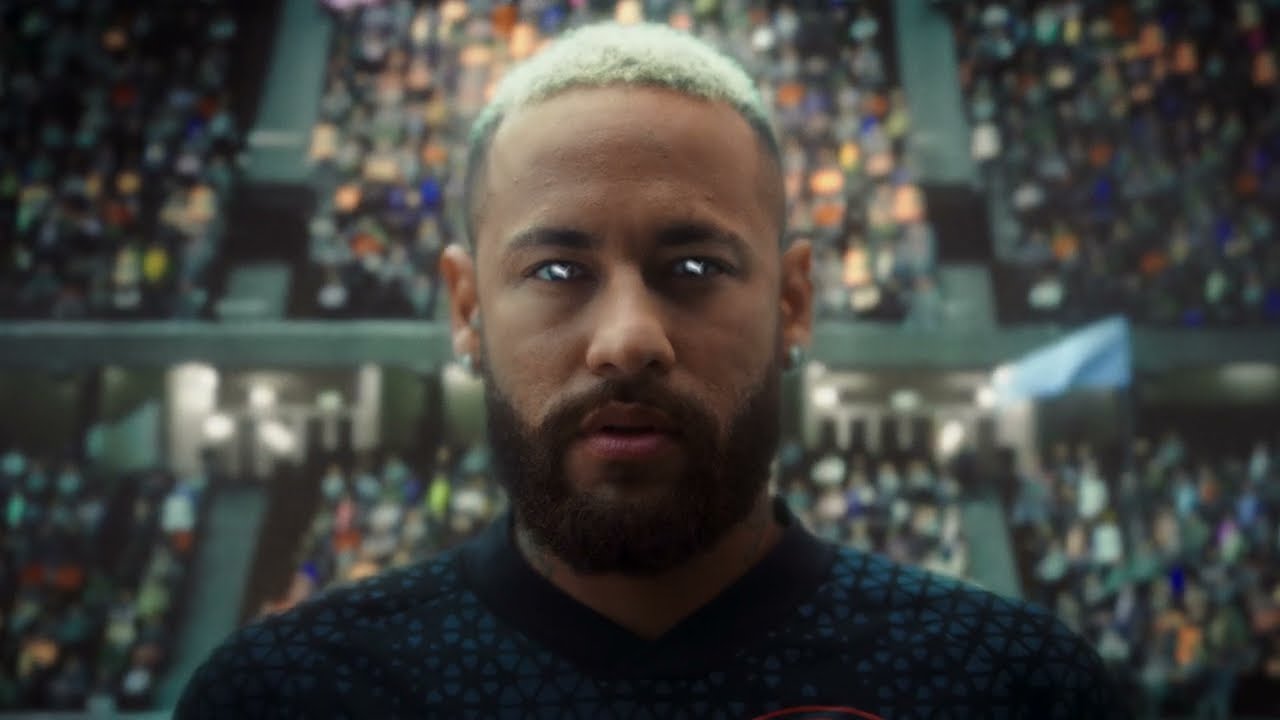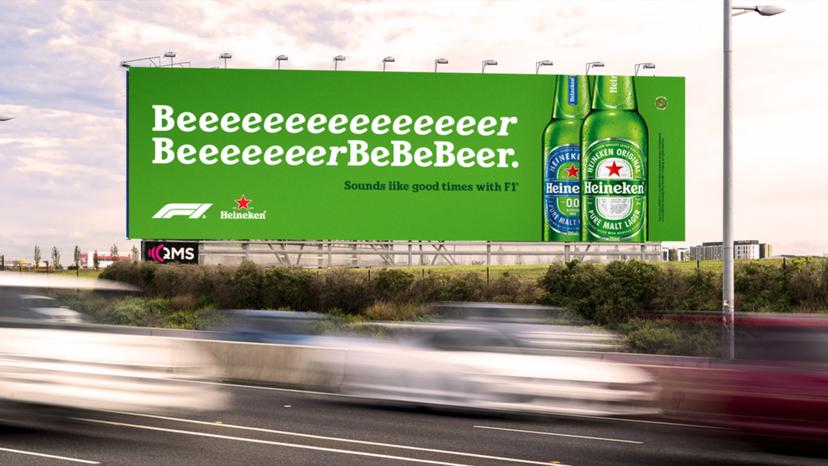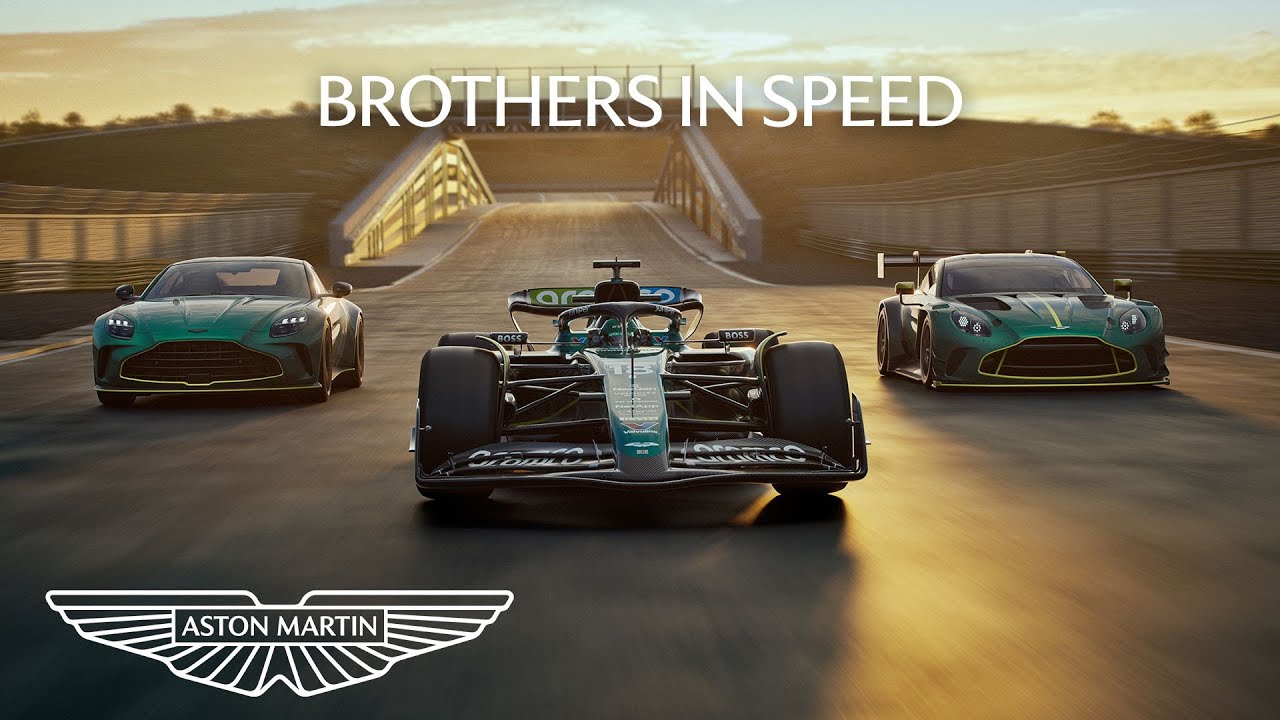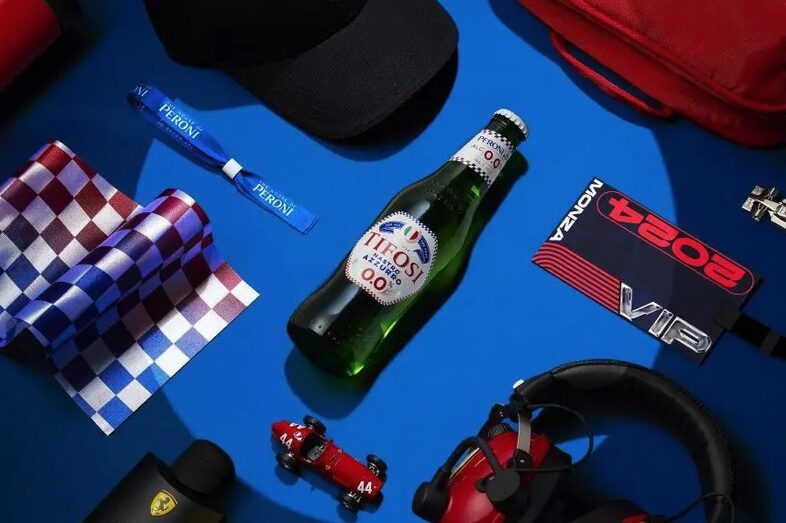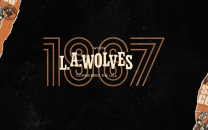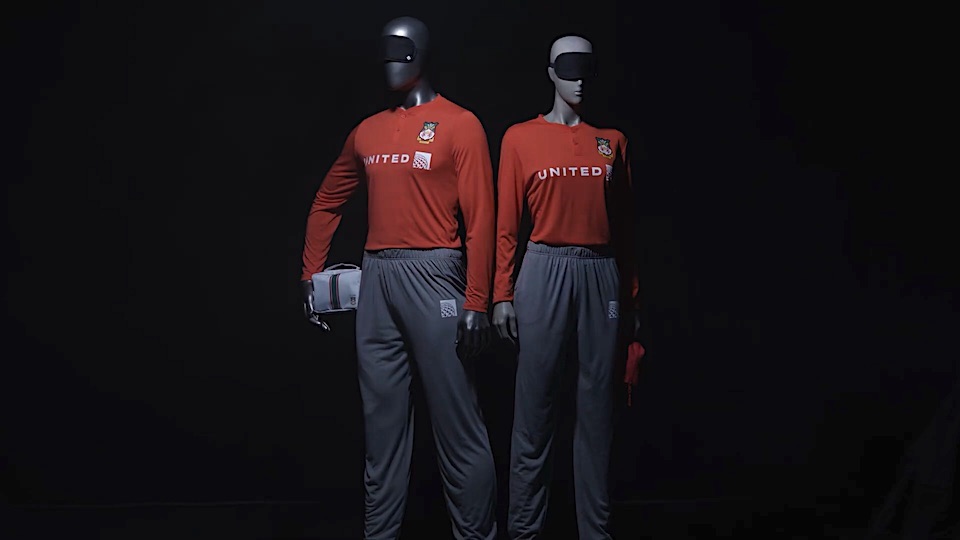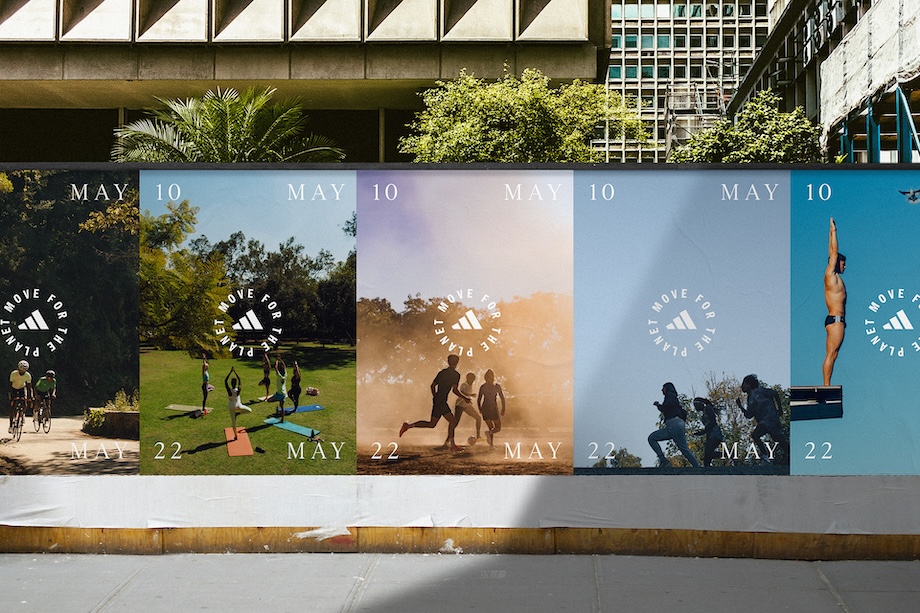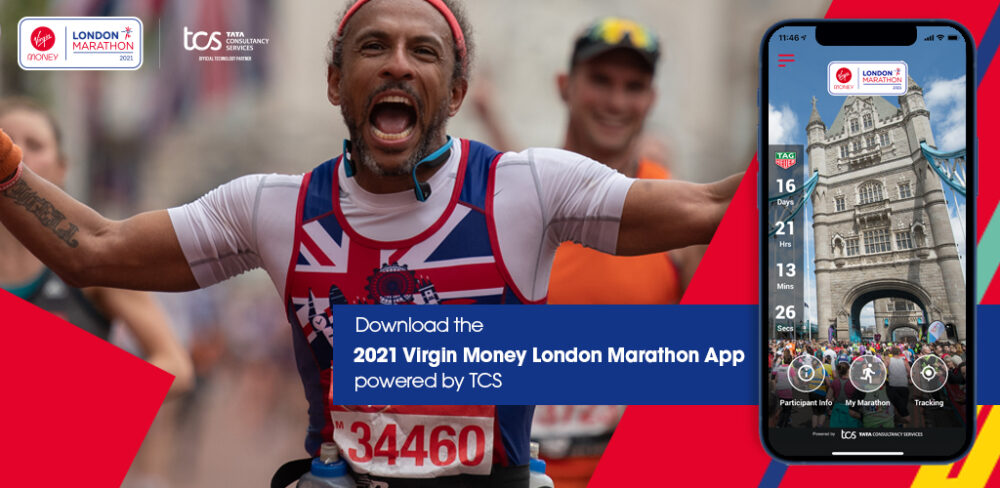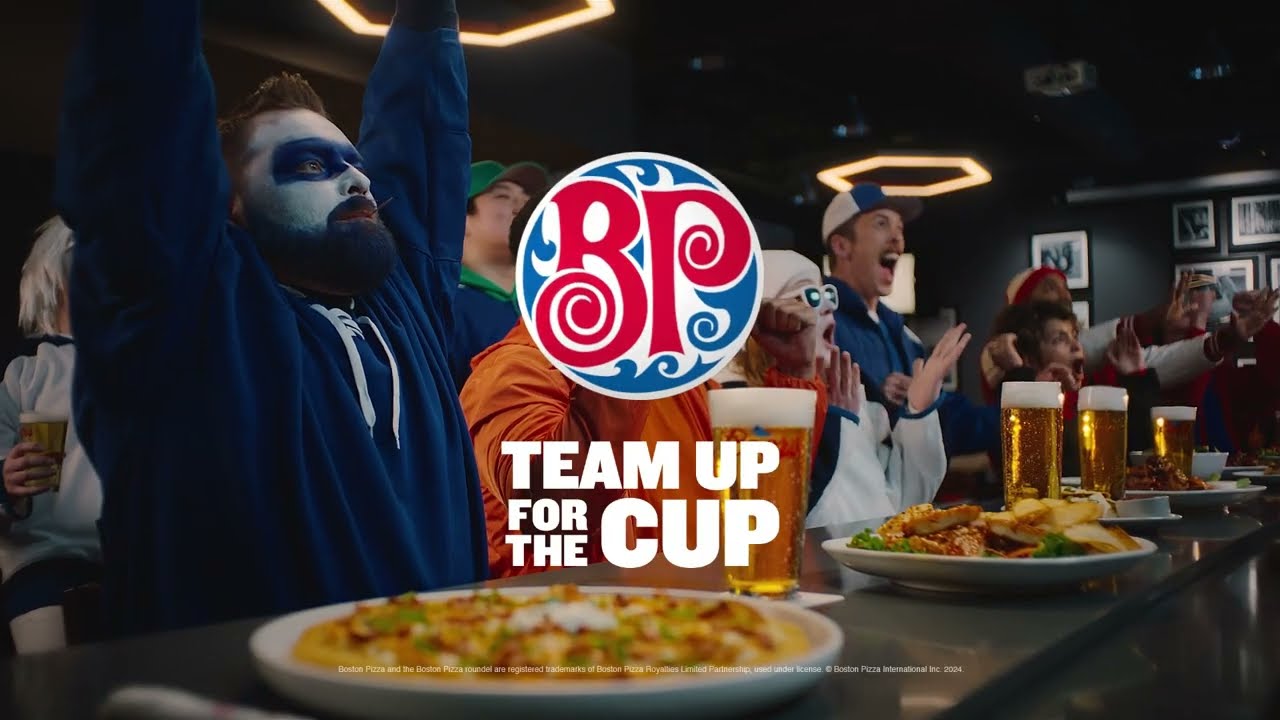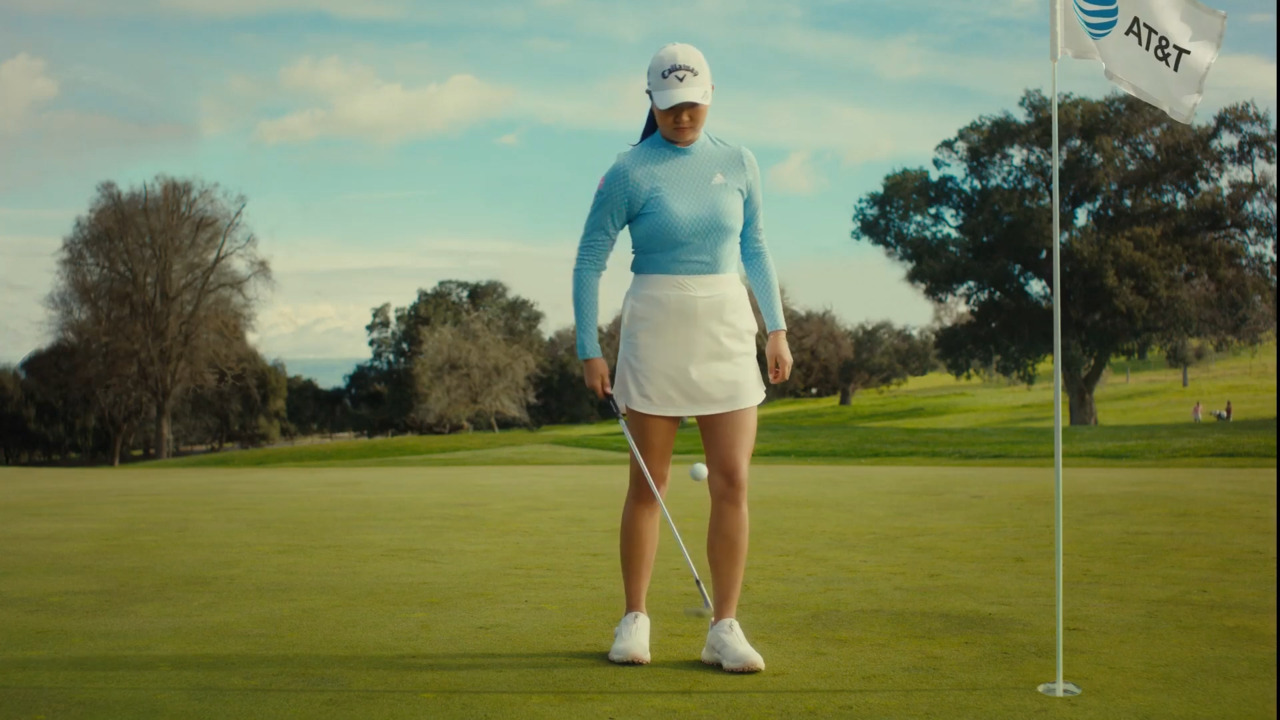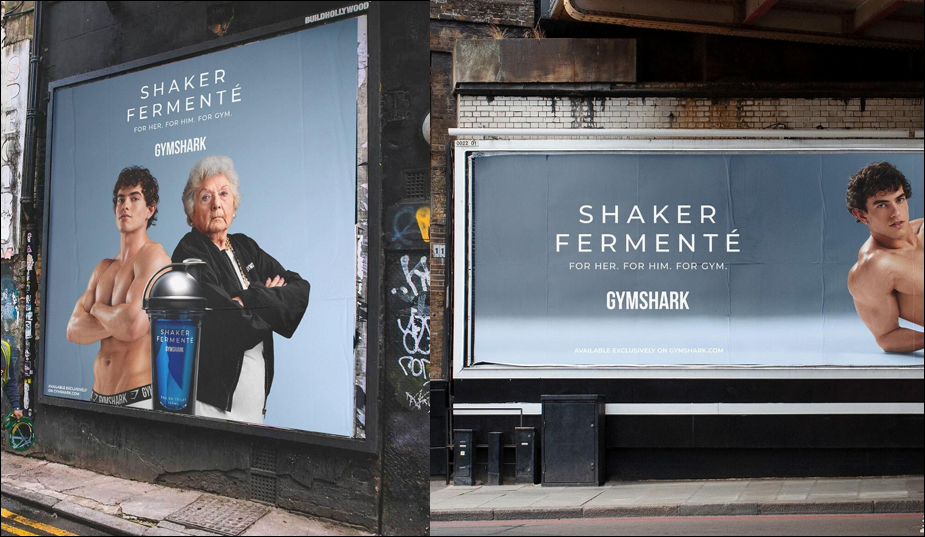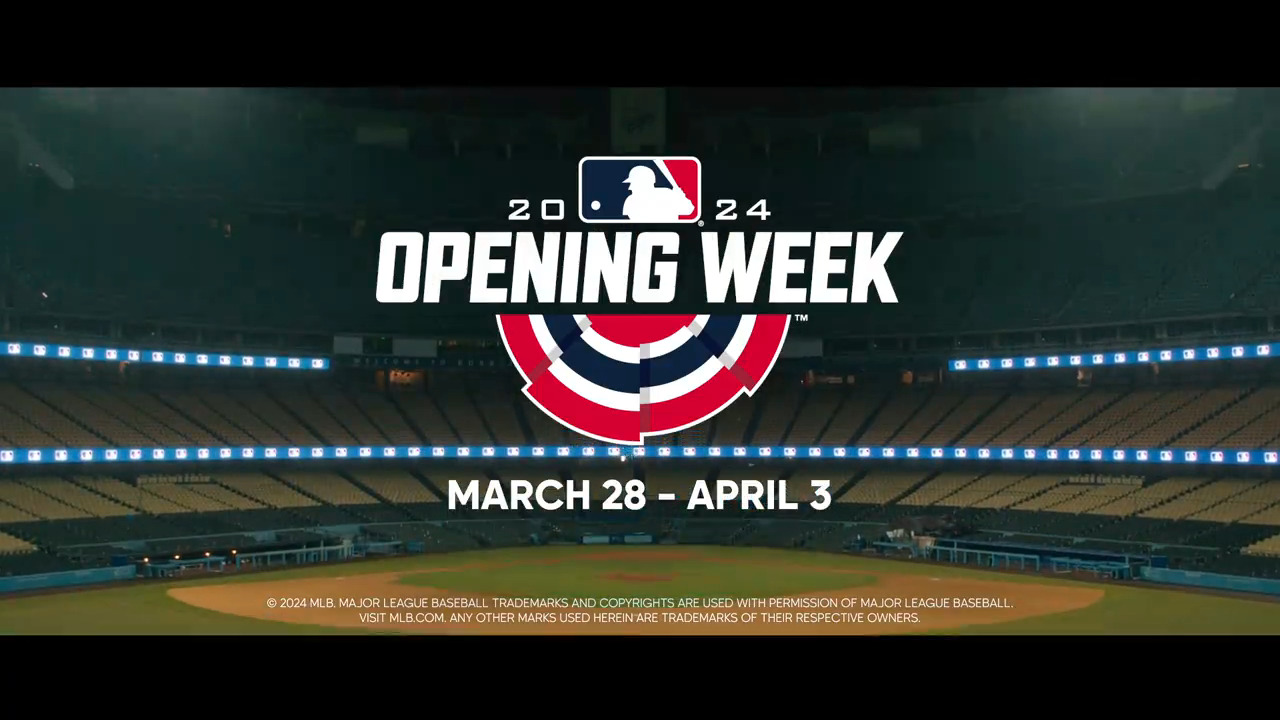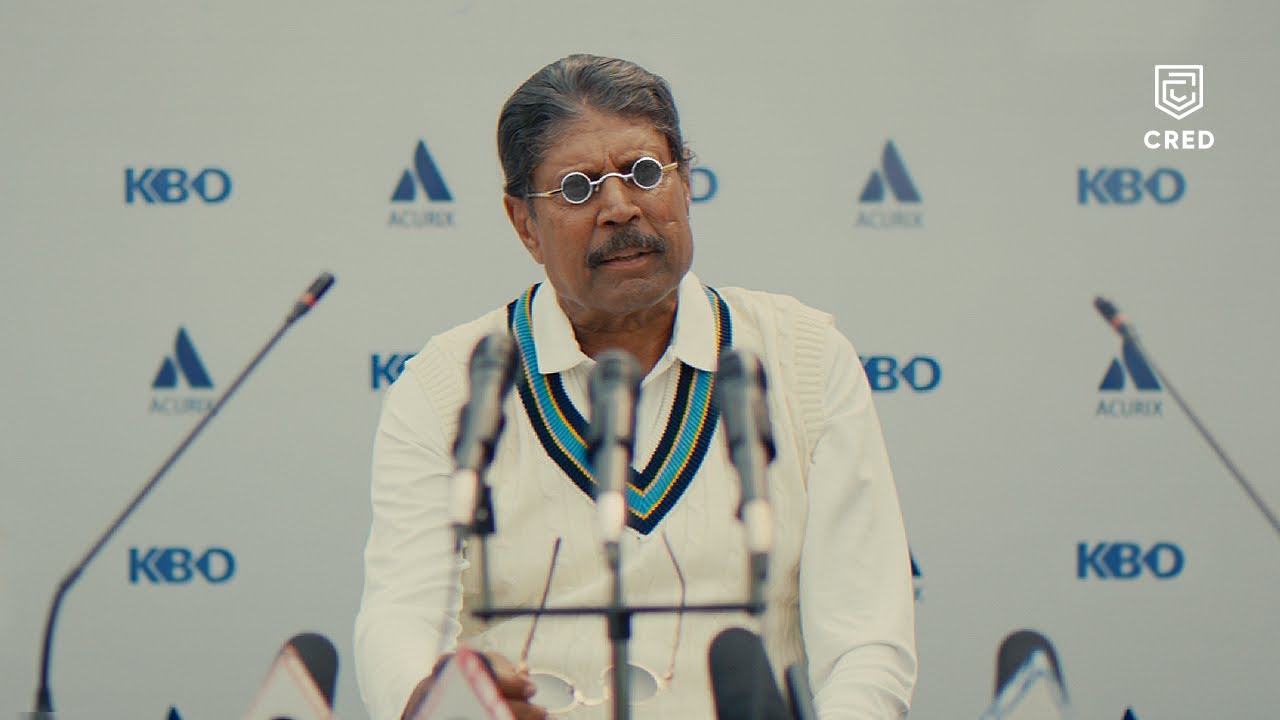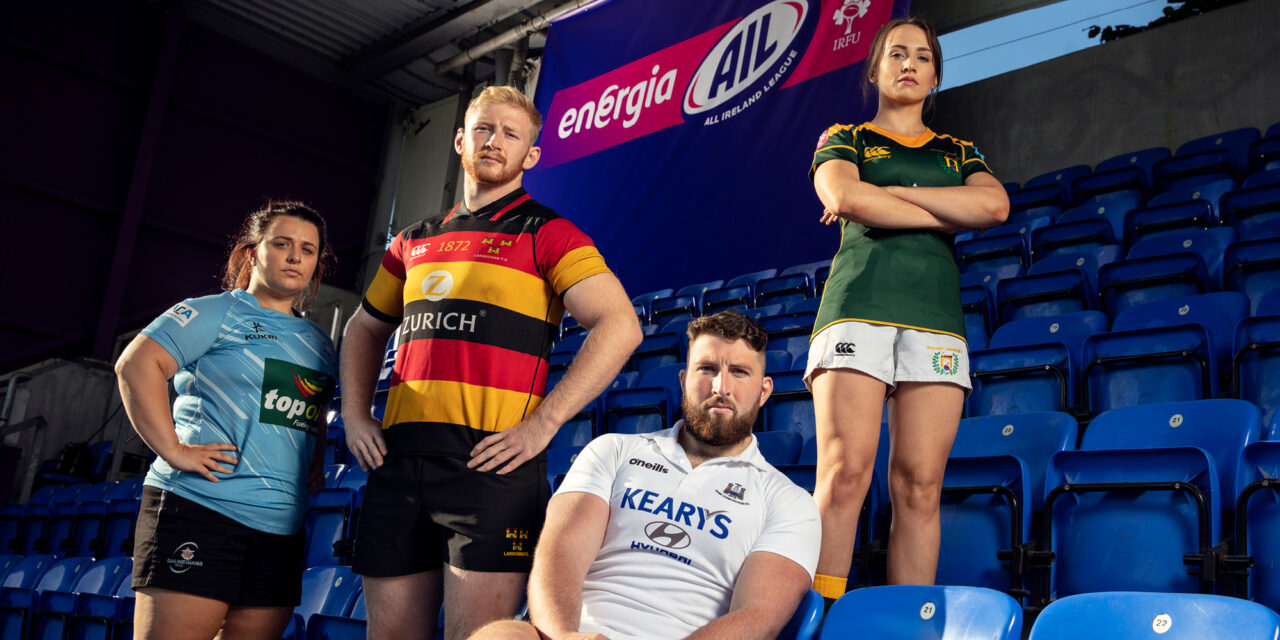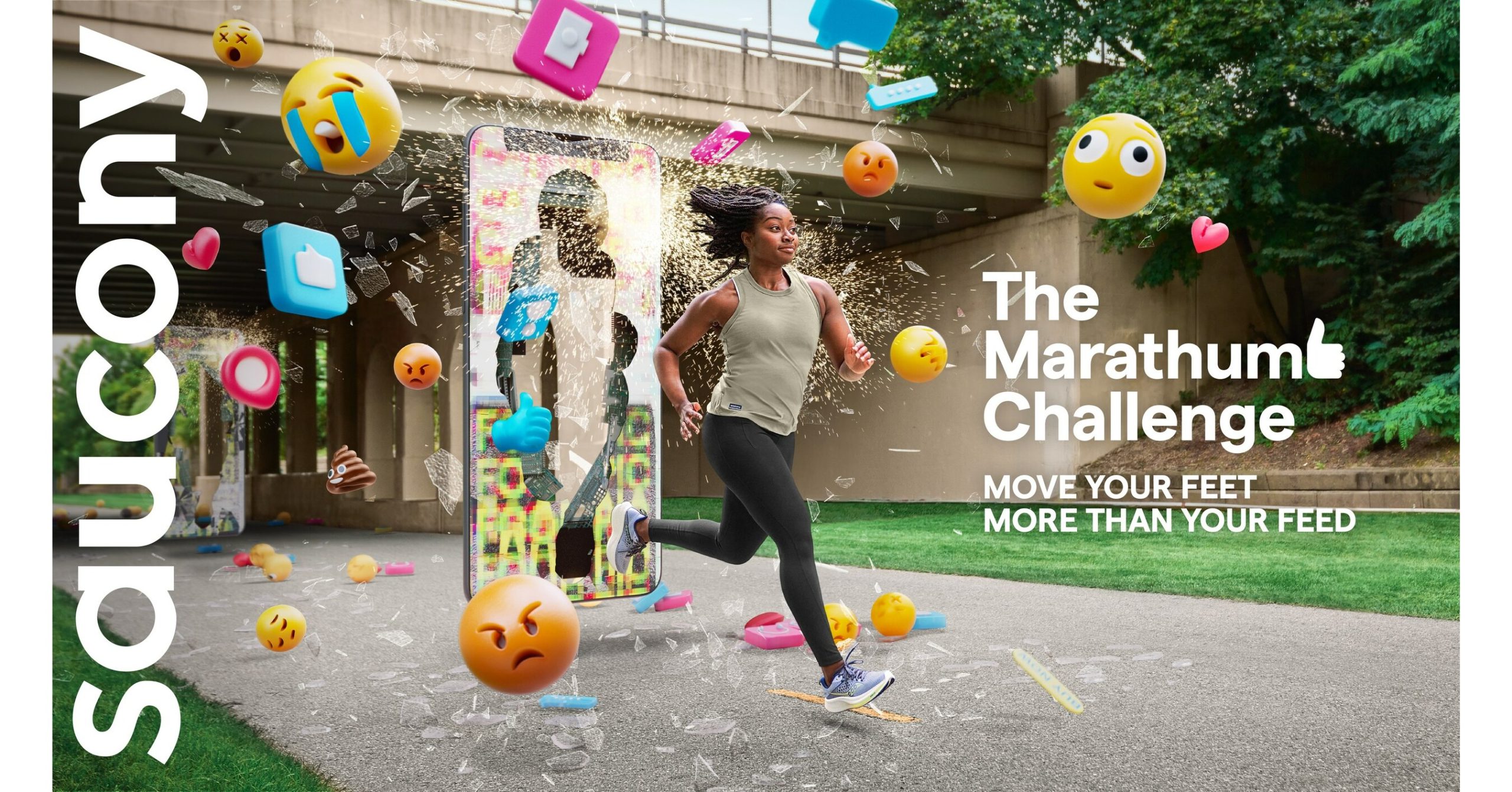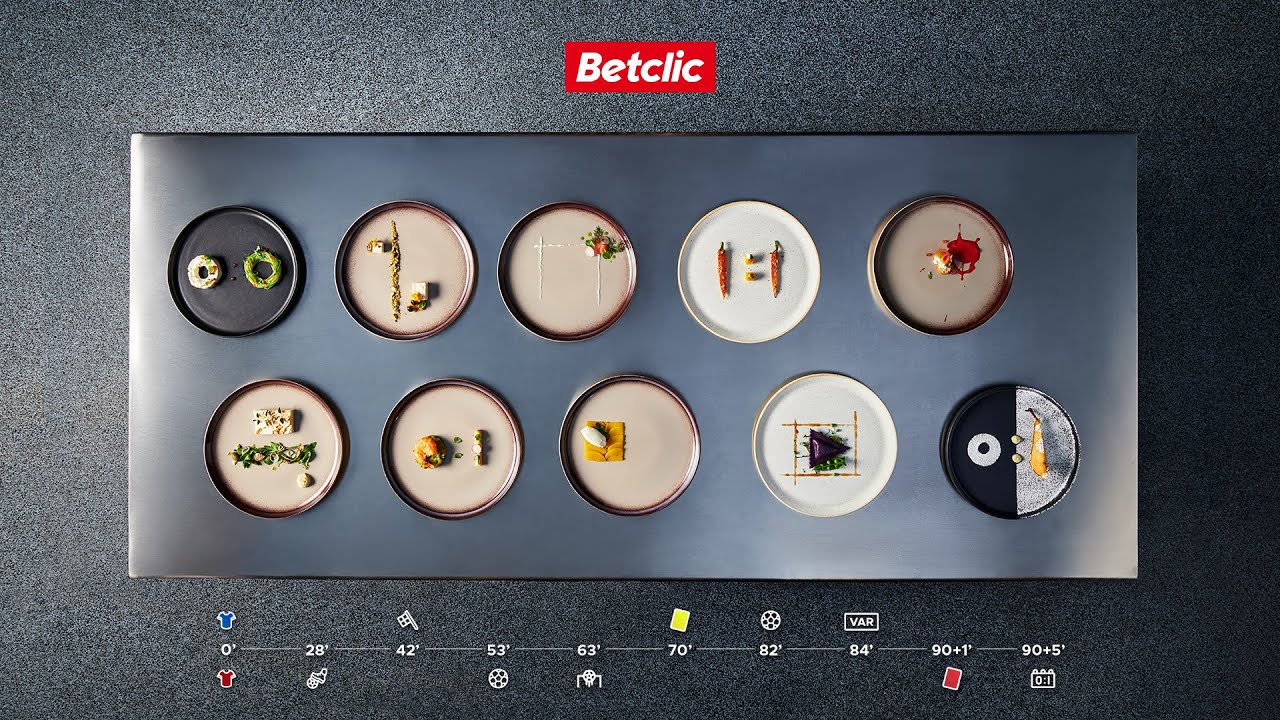IndyCar marketers, like so many other sports property rights holders, have been refocusing around youthful fans and its 2017 season multi-platform ‘What’s Next’ campaign features younger drivers and new technologies.
The Verizon IndyCar series and its flagship Indy500 race have long been promoted via the classic motorsport marketing tactics of ‘history’ and speed’: as illustrated by the pre Indy500 release of a ‘1967 Indy 500’ film on 25 May ahead of this year’s race
and the season-opening ‘Anticipation’ commercial.
But IndyCar’s primary 2017 ‘#Next’ campaign is focusing on the future.
At the core of the initiative are assets and executions exploring the next chapter of on-track action, the next generation of drivers, as well as the next wave of technology and innovation.
But, beginning with a #IndyCar ‘What’s Next’ teaser video, which first aired on New Year’s Day 2017 (well ahead of the first race of the new season on 12 March),
The fresh focus rolled out across the property owner’s digital and social platforms – including Instagram.
Indeed, the campaign and its executions were developed specifically to be shared by fans across on social and digital media.
Looking forward to the 2017 @IndyCar season!! #WhatsNexthttps://t.co/i66XfcFhOG
— JenniferEiler (@henifer) January 1, 2017
#Next executions and assets were also designed to integrate with IndyCar’s commercial sponsors and broadcast partners – such as this Indy 500 Instagram content piece.
IndyCar’s tweaked approach aims to deliver a message to potential new, younger audiences, as well as its core fans.
Thus, while IndyCar will continue to partner with some traditional marketing partners (such as national press like USA Today and Sports Illustrated), but the focus will be on the digital arms of these traditional titles rather than on their print products.
This 2017 campaign aims to highlight IndyCar’s expanded audience reach and target a younger demographics (as well as existing fans and the traditional focus on speed, sound and exciting nature of the sport).
The campaign was led by creative developed by New York-based Johnson & Wolverton, with agency Mortenson Safar Kim handling IndyCar media planning and buying (the latter also runs Indianapolis Motor Speedway’s other creative, digital and media planning and buying).
The evolving campaign’s initial emphasis focused on 2016 series champion Simon Pagenaud and new American star Alexander Rossi (the winner of the 100th running of the Indianapolis 500), alongside other younger drivers such as Dancing With the Stars finalist James Hinchcliffe, Josef Newgarden and Graham Rahal.
As well as rights holder work shared socially by fans, the #Next concept was also supported by the teams themselves.
‘Next’ moves on from the previous seasons’ primarily creative concepts of ‘Rivals’, ‘Speed’ and ‘Legends’ explored in the previous 2015 and 2016 ‘Heart Of Racing’ campaign:
This refocused marketing is part of a wider IndyCar 2017 shift in its marketing investment which sees the series move away from print and television and into video production and paid social media.
This year sees the North American open-wheel racing series spend 50% of its multi-million dollar marketing budget on digital and social media (up from 20% in 2016).
According to IndyCar marketing boss CJ O’Donnell, the total amount spent on digital and social media this year is triple that of last year.
O’Donell adds that this deeper push into digital has been fuelled by a programme of focus group studies undertaken by IndyCar as it hones its strategy to engage with millennials and other younger fan segments.
This research, led by New York’s Miner & Co Studio, formed the core driver behind the shift in IndyCar’s strategy.
“Millennials are not consuming TV in the same way that their parents did or even Gen X is,” adds O’Donnell.
“The research we did last fall tells us that Gen Y and Gen Z like our sport. “They also told us how best to reach them with our message. That’s what this shift is all about.”
“We’re confident and focused on IndyCar’s future. The theme ‘NEXT’ will effectively deliver our message of continued growth and expresses the momentum our sport has experienced the last three seasons,’ O’Donnell continues.
Activative Comment:
It is a good time to switch the focus away from established stars to younger drivers, after all, former Indy 500 champions like Helio Castroneves and Tony Kanaan are now in the twilight of their racing careers.
This new switch follows IndyCar’s previous marketing strategy which, over the last three years, was primarily focused on winning back former motor racing fans who had turned their backs on the series.
This demographic segment was largely composed of baby boomers or older motorsport lovers.
That three-year cycle was certainly successful: after all, during the last three years IndyCar TV viewer numbers increased from around 800,000-per-race to 1.3 million-per-race (according to Nielsen Media Research).
Indeed, in 2016 IndyCar TV ratings overall were up 10% on the previous year and posted the series’ biggest average TV audience since 2011.
Despite this success, the current 2017 strategic move to engage additional, mostl younger fans, also follows on from advertisers telling IndyCar that it needs to continue to increase its reach, especially with ‘casual’ sports fans, in order to be attractive to consumer brands.
“The progress we’ve seen has been good. We feel good about that,” says O’Donnell.
“But we have a lot of work to do. There’s no turning back from this new marketing direction. This has to be long-term.”
Links:
IndyCar
https://www.youtube.com/user/indycars
https://www.facebook.com/indycar
https://www.instagram.com/IndyCar/
Johnson & Wolverton
http://www.johnsonwolverton.com/

